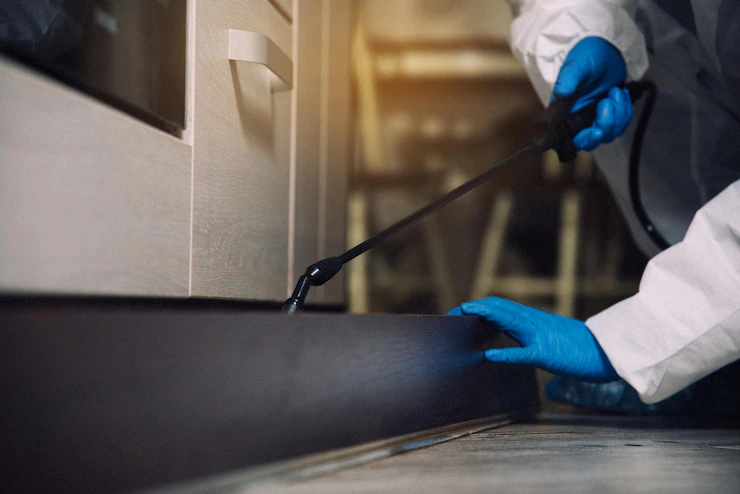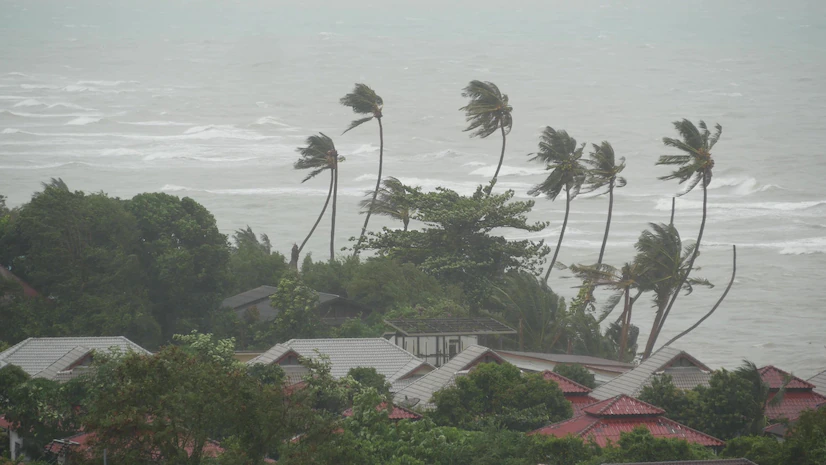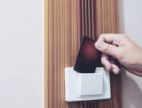How Landlords Can Limit Unprofitable Vacancies Due To Damage
by Mashum Mollah Real Estate Published on: 09 December 2022 Last Updated on: 04 March 2025

Although the number of unoccupied homes in the US is falling, almost 6% of rental units are currently vacant.
For landlords, empty properties mean a loss of regular income and lower overall returns, and, while there are many different reasons for properties to be left empty, many could be kept on the rental market if steps are taken to protect them from becoming uninhabitable for long periods of time.
Preventative measures, prompt repairs, and regular inspections can all help to ensure properties remain safe and structurally sound.
When homes are well maintained, landlords can avoid having to rehouse tenants because of pest infestations, serious structural issues, or severe storm damage, and therefore maintain a regular stream of rental income.
Keeping Pest Infestations Under Control

According to a recent census, residents in over 14 million occupied properties reported the presence of roaches or rodents in their homes.
As well as causing structural damage to the property, pest infestations can harm the health of tenants and, unless it can be proved that their actions have directly led to an infestation then the landlord is responsible for pest control.
In some severe cases, this will mean organizing professional exterminators, but there are also steps that can be taken to manage the risk of a pest infestation taking hold. Making regular checks of the property and asking tenants to promptly report any evidence of droppings or damaged furnishings can help to stop an infestation from taking hold.
Standing water and rotting leaves can both provide breeding opportunities for pests and rodents, so keeping the exterior of the property clean and well-maintained will deter home invasions.
Preventing Water Damage with Regular Maintenance

As well as discouraging pests, the main benefit of regular maintenance is the prevention of more serious structural damage that could mean the removal of tenants and subsequent loss of rental.
Long-term damage caused by water ingress is common and often very costly to fix, as it not only causes unsightly and often dangerous mold but also affects plaster and woodwork if left untreated.
By promptly fixing plumbing leaks, clearing gutters of debris, and regularly checking the roof for loose shingles, long vacancies can be avoided.
Safeguarding Properties Against Extreme Weather

Last year, natural disasters and extreme weather caused damage to 10% of homes in the US. The most common incidents of extreme weather events were winter storms while hurricanes caused more extensive damage.
Landlords who winterize vulnerable properties with better insulation, double glazing, and roofing clips not only provide more comfortable homes for their tenants but also reduce the risk of serious damage from storms leaving homes uninhabitable.
While adequate insurance should eventually cover the costs of repair, landlords are still without regular rental income until homes are made safe and new tenants are found.
Managing rental properties can potentially yield high returns but only when homes are constantly occupied. By carrying out regular inspections, maintenance and repairs, landlords can prevent some of the major issues that leave properties uninhabitable and unprofitable.
Additional:



































































































